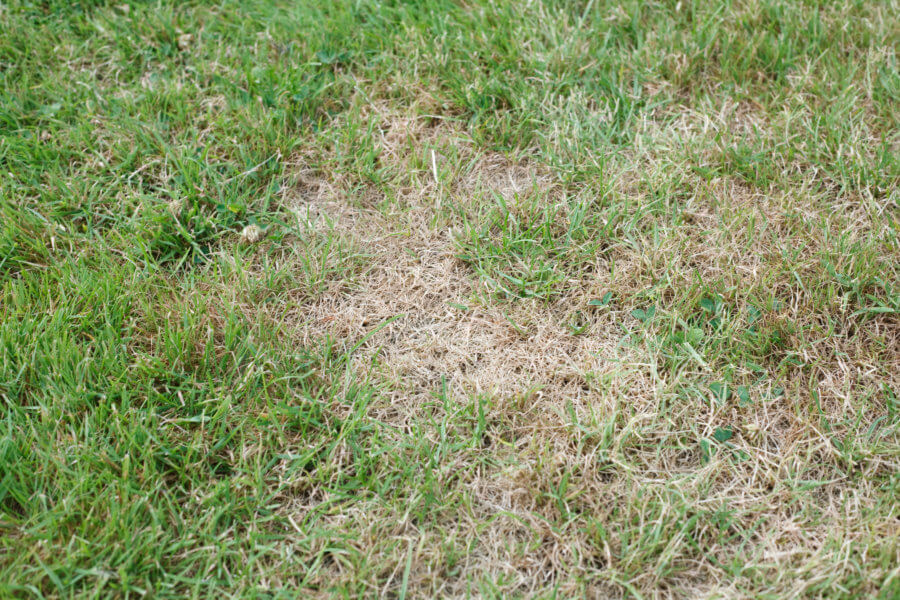
What Is Turf Stress and How to Take Care of It?
Like any living thing, grass can be prone to stress when it is forced to live under adverse conditions. Evidence of stress can show up in your Florida lawn as dry, bare patches or areas where the grass simply won’t grow at all. While some stress inducers are out of your control, there are some that you can effectively manage on your own. For those you can’t control, you can still help your grass deal with the stress more easily. Here’s what you need to know about some common turf stressors and what you can do about them.
Climate
The climate is one of those stressors that is out of your control. However, you can ensure that you choose a grass type that is well-suited to Florida’s weather. Some grass species are naturally equipped to thrive in the local climate, while others are not. When choosing the type of grass for your lawn, it is important to look beyond aesthetics; you must also consider the grass’s suitability to the area. This will give it the best chance of growing in healthy and strong. It will also help protect it from the stresses of heat and sun.
Nutrients
The nutrient content of your soil is another important factor in whether your lawn is stressed. When your grass isn’t getting the nutrients it needs, it is much harder for it to grow and thrive. While you can’t control the natural soil composition in your area, you can make adjustments to it over the years. In the early spring, take the time to have your soil composition checked. This will let you know which nutrients are over-abundant and which are lacking. Then, you can make adjustments accordingly with fertilizers and other lawn treatments.
Water
The amount of water your lawn receives is in some ways up to the weather, but you also have some control in this area. It is important that your lawn not receive too much or too little water, as both can be detrimental to its health. Pay attention to the upcoming weather forecasts so that you can adjust your watering schedule accordingly. Remember, it is better to water deeply, less frequently than it is to offer more frequent, shallow waterings. Deep watering encourages strong root structure, which can help your lawn be more resistant to stress over the years.
Shade
Some types of grass grow well in the shade, while others require full sun throughout the day. If you have large trees on your Florida property, this can greatly impact your ability to grow grass in certain areas. As the sun moves across the sky, tress can cast large shadows across your yard, potentially stressing the grass in that area, as it doesn’t get adequate sunlight. While you can cut down trees to allow more sunlight onto your lawn, a better solution is to choose sod that can handle growing in the shade. This way, you can enjoy the beauty of both the lawn and the trees.
Traffic Stress
It is virtually impossible to avoid all traffic on your lawn. At the very least, you’ll have to walk across it when you mow. If you have children or pets, you’ll likely want to make use of your lawn. So eliminating all traffic should not be the goal. Instead, try to choose a grass variety that can withstand foot traffic, as some grass types are more hardy than others. No matter which type of grass you have, though, it is best to avoid walking on your lawn when it is wet. When the grass is wet, it is more prone to damage, and the soil can more easily be compacted, putting added stress on your lawn.
Bring Your Florida Lawn Back to Health with New Sod
If your lawn has seen better days, fresh sod can restore its full, healthy appearance. Whether you are looking for St. Augustine, Floratam, Bahia, or any other type of sod that grows well in Florida, you can find it here at Duda Sod. Contact our team today to select the perfect sod for your Florida yard.